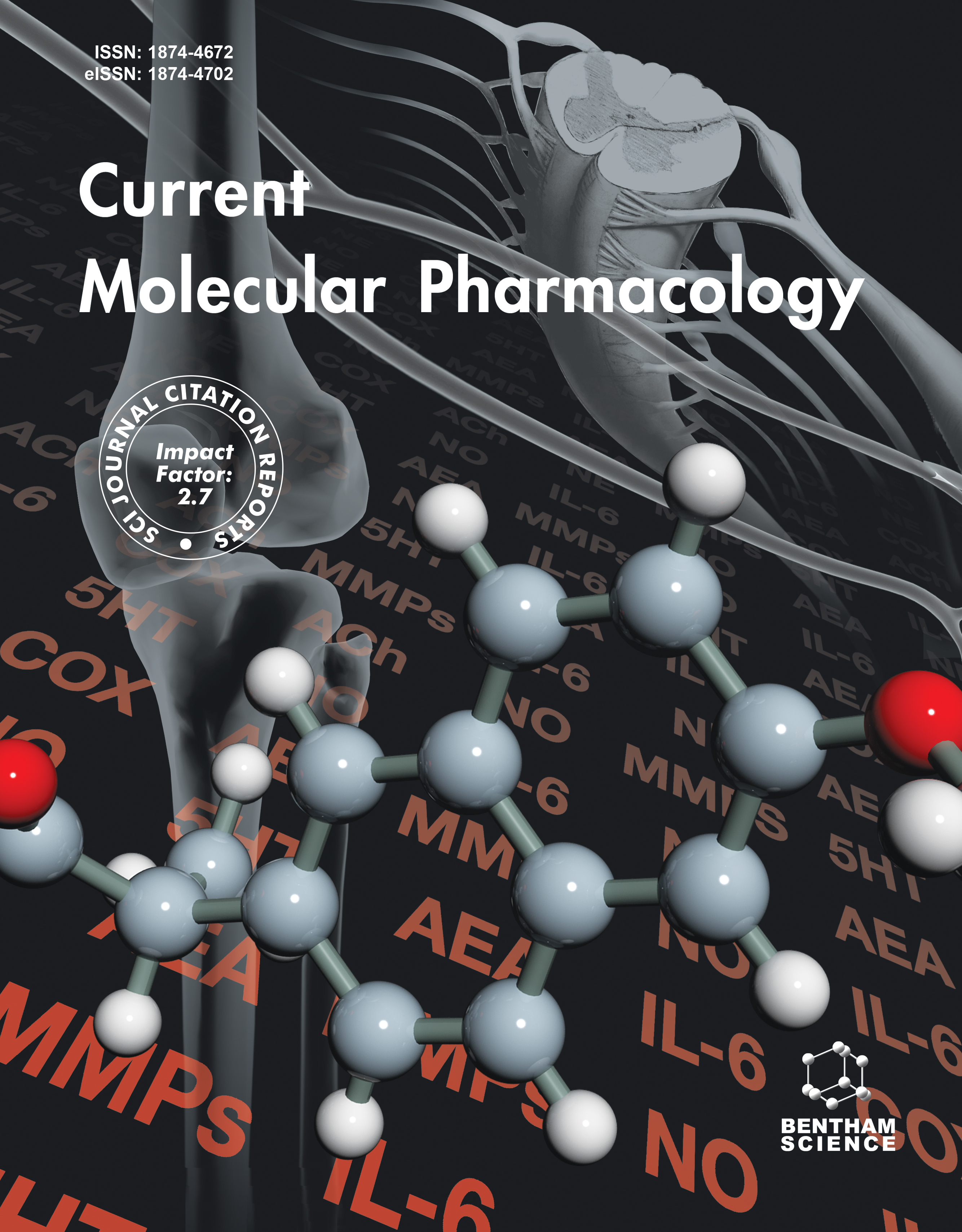-
oa Perspectives on the Role of P21-Activated Kinase 1 (PAK1) in the Intestinal Anti-inflammatory and Antitumor Potential of Artepillin C
- Source: Current Molecular Pharmacology, Volume 17, Issue 1, Jan 2024, e260423216212
-
- 14 Oct 2022
- 23 Mar 2023
- 13 Jul 2023
Abstract
The Brazilian biodiversity may bring new perspectives to the therapy of Inflammatory Bowel Diseases (IBD) and intestinal cancer. The effect of Brazilian Green Propolis in reducing ulcerative colitis in mice has already been described, as well as high amounts of the prenylated compound Artepellin C (ARC). The search for new pharmacological targets for IBD is also advancing. Among possibilities is the p21-activated kinase (PAK1), overexpressed and activated in the intestinal mucosa during IBD and colitis-associated colorectal cancer (CAC). PAK 1 contributes to tissue inflammation by reducing the expression of peroxisome proliferator-activated receptor type γ (PPARγ) and increasing activation of nuclear factor (NF)-κB. At least in vitro, inhibition of PAK1 has been reported to mitigate NF-κB-mediated inflammation in intestinal cells and ARC inhibits PAK1 activation. Given this pharmacological potential of ARC and the role of PAK1 in IBD and CAC, this perspective collected information that encourages future research to test the hypothesis that ARC can maintain intestinal integrity under the inflammatory and neoplastic stimulus and that inhibition of PAK1/NF-κB signaling and favoring PPAR-γ activity is pivotal in this action. Therefore, future studies employing in vitro and in vivo steps, using murine and human enterocytes and rodents submitted to ulcerative colitis and CAC models are incentivized by the data gathered here, favor retirar essas palavras: mostly in vitro studies, before clinical trials. Therefore, the perspective presented here points to an interesting path in the search for a drug useful in inflammatory and neoplastic intestinal diseases, which may have ARC as a prototype, acting on a target not yet explored clinically.


